The History of Halloween begins in Ireland, where the holiday had its origins in the pagan religion. An ancient race of people known as The Celts held celebrations on the feast of Samhain, which is October 31st.
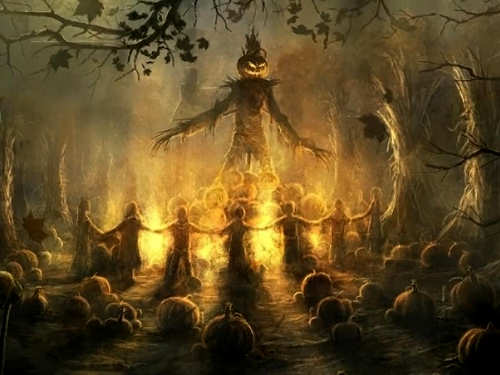
Here you can read about the history of Halloween and find out how this pagan holiday spread throughout the world.
Halloween began among the Celtic people of Ireland and Great Britain. They were pagans and every year, at the end of the harvest, they would celebrate the festival of Samhain.
Samhain was a popular time for the making of offerings. In the Celtic calendar, it was one of the most important days of the year, representing a mid point in the year. Samhain means “Summer’s End”.
The Celtic new year began on November 1st and the old year ended on October 31st. This ancient pagan custom took place at the end of the harvest season. It marked the end of summer and the start of the winter season.
Occuring opposite the great Spring Festival of May Day, or Beltain, this day represented the turning point of the year, the eve of the new year which begins with the onset of the dark phase of the year. Exactly opposite Beltane on the wheel of the year, Halloween is Beltane’s dark twin.
The ancient Celtic people believed that, on October 31st, the barriers between the world of the living and the world of the dead were temporarily removed. The dead would return to walk the night and become a threat to all living people, causing havoc by spreading disease and ruining crops.
Fearful of the wandering dead, people would try to disguise themselves as evil spirits. They believed that, by wearing costumes made from animal skins and heads, they could trick evil spirits into thinking they were spirits too.
When the festival of Samhain started, the people would gather at burial mounds, which were called “Cairns” and contained the bodies of their dead ancestors. The pagan priests, called Druids, would build sacred bonfires on top of these burial mounds, using sticks, stones and animal bones. No other fires were allowed to burn on Samhain, so people would put have to put out the fire burning in their fireplaces.
The druid would light the bonfire and the people would join hands and dance around it in a circle. Children would take turns leaping over the flames while the druid lined the walls of the burial mound with burning torches, so the dead could find their way.
Then each person would take a torch, light it from the sacred bonfire and carry it home. The blazing torches were used to light candles in the small altars they had in their houses.
Once they returned home, the people would leave bowls of fruit and nuts on their doorstep for the dead. They hoped that these offerings of food would appease the spirits of the walking dead and prevent them from trying to enter their houses.
Burying animal bones in front of your house or ringing a bell on the night of Samhain was supposed keep evil spirits away. People were often cautioned that if they heard footsteps behind them on the night of Samhain, they shouldn’t turn around because it may be an evil spirit following them.
Food and entertainment were provided in honor of dead relatives. Everyone was encouraged to talk, because if you ate in silence, it was believed that the spirits of the dead would join the feast.
After eating, the traditional Halloween games and Halloween customs would begin. Many of these customs involved fortune-telling and divining the name of your future husband or wife. Storytelling by the fire was very common. Children would go out, disguised in their animal-skin costumes, and knock on the doors of neighbors, asking for food or gifts.
Some people believe that Samhain also involved human sacrifice. They say that someone would be chosen from the village, tied up and burned alive in a bonfire. This was apparently done as a sacrifice to the spirits of the dead. But the evidence of human sacrifice, such as bodies found in bogs, is very controversial.
Eventually, Christianity came to Ireland, but the ancient beliefs of the pagan Samhain never died out completely. The powerful symbols of the walking dead were embedded in the minds of the Irish people. The ancient rituals celebrated by the pagan Celts became fun customs and traditions kept alive by the Catholic Irish.



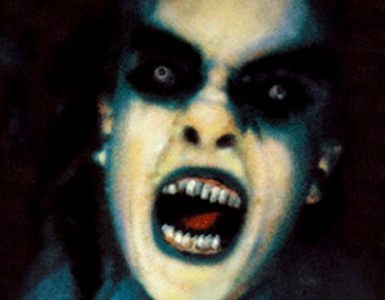
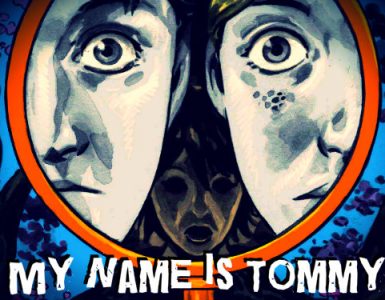
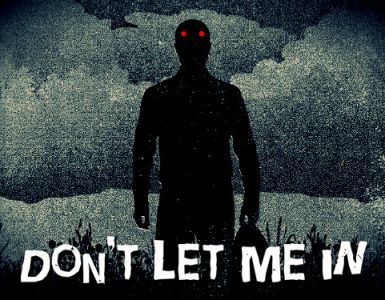
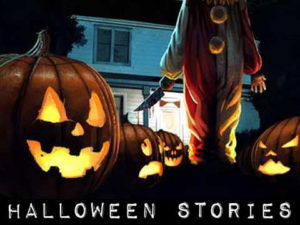
Wow , awesome Halloween history , before they kept fruits and nuts for the spirits and now they give away the sweets to the children , and now too kids or people sit around the fire somewhere to tell spooky ghost stories , now tradition and fun both are kept alive :)
I had to research on Halloween once, it has a amazing history